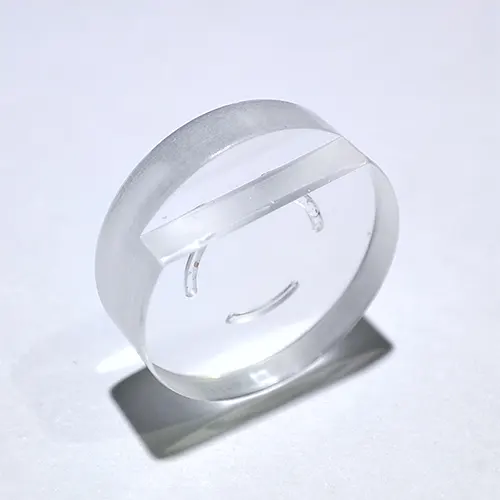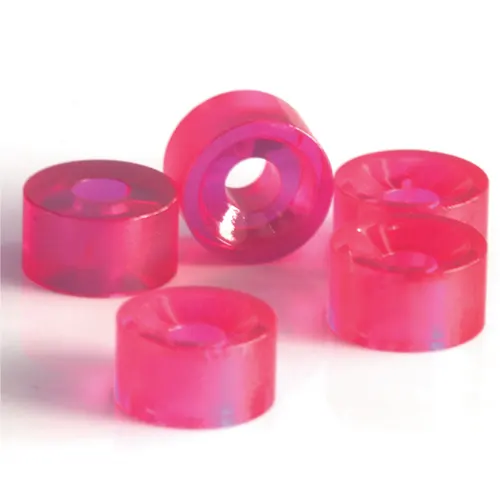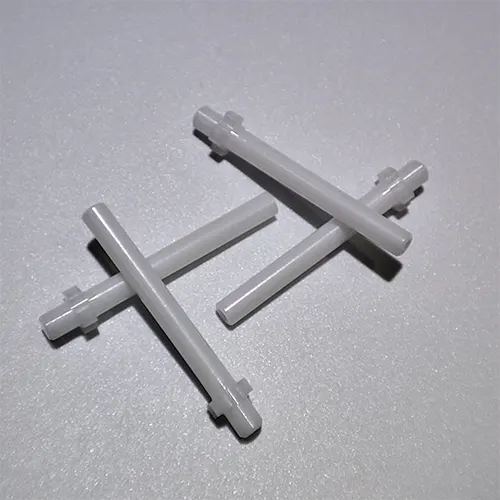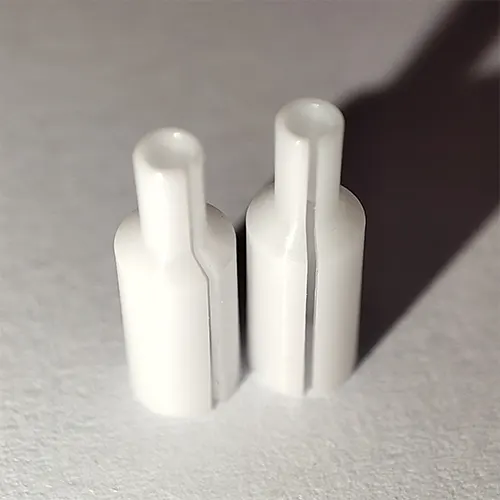Sapphire (Alpha-Alumina Single Crystal)

Sapphire (alpha-alumina single crystal) is characterized by exceptional hardness (Mohs 9, second only to diamond), extreme temperature resistance (-200°C to 2000°C stability), and chemical inertness, combined with superior optical transparency (UV to infrared wavelengths) and insulation/radiation resistance. These properties enable stable performance in harsh environments involving high temperatures, corrosive agents, or high-energy particle exposure, making it a premier “engineering crystal” for optical windows, semiconductor substrates, and precision instrument protection in advanced industrial and scientific applications.
FAQ
Precision ceramics offer superior high-temperature resistance, corrosion resistance, wear resistance, and insulation, making them ideal for extreme conditions like high temperatures and high pressure. They also support higher precision processing, meeting complex design needs.
Precision ceramics are widely used in aerospace, automotive, electronics, medical, and industrial equipment industries, especially in applications requiring high performance and durability.
Precision ceramics are challenging to machine due to their high hardness and brittleness. Special equipment and processes, such as CNC machining, are required to ensure precision and surface quality.
When selecting a ceramic material, it is essential to consider specific working environments and performance requirements, such as high-temperature resistance, corrosion resistance, and mechanical strength. Different applications require ceramics with varying properties.
Precision ceramics generally have a long lifespan, with their longevity ranging from several years to even longer, depending on the usage environment (such as temperature, pressure, wear, etc.).
- PREV: Gemstone
- NEXT: Ruby (Chromium-Doped Alumina Single Crystal)





